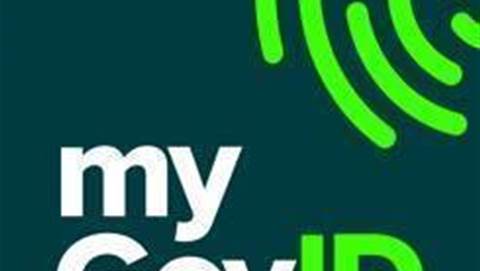La Trobe University is trialling augmented and virtual reality (AR/VR) in its anatomy courses as a replacement for textbooks to improve accessibility and students’ spatial awareness.

The technology is currently being piloted with second and third-year anatomy students from Allied Health and Science degrees including physiotherapy, orthotics, prosthetics, podiatry and biomedicine.
Dr Aaron McDonald, head of the Anatomy Discipline at La Trobe, said Visible Body Human Anatomy Atlas with AR platform in particular gives students affordable and convenient access to highly detailed imagery through their phones, tablets or computers at any time of day.
“Augmented Reality allows students to visualise and manipulate anatomical structures and develop a deep understanding,” McDonald said.
“You can superimpose anatomical structures over a peer who can perform movements along with the app, to better understand muscle function.
“It is a great resource for both team work and self-directed learning.”
Access to AR also comes in cheaper than textbooks at only $10 per student, compared to over $100 for a single textbook.
“This technology is really helping improve access to learning. Students can study extremely high-quality 3D images with associated text, clinical cases and quizzes while at home, on public transport, anywhere,” McDonald added.
Meanwhile, access to HTC Vive VR headsets running is provided on campus, with content developed on Medis Media's 3D Organon platform.
Early anecdotal evidence suggests students’ grades are improving with the use of VR and VR, which McDonald said could be expanded to other anatomy courses once the pilot study has concluded.
The pilot study will conclude November at the end of this semester.


.png&h=140&w=231&c=1&s=0)



 iTnews Executive Retreat - Security Leaders Edition
iTnews Executive Retreat - Security Leaders Edition












_(1).jpg&h=140&w=231&c=1&s=0)



